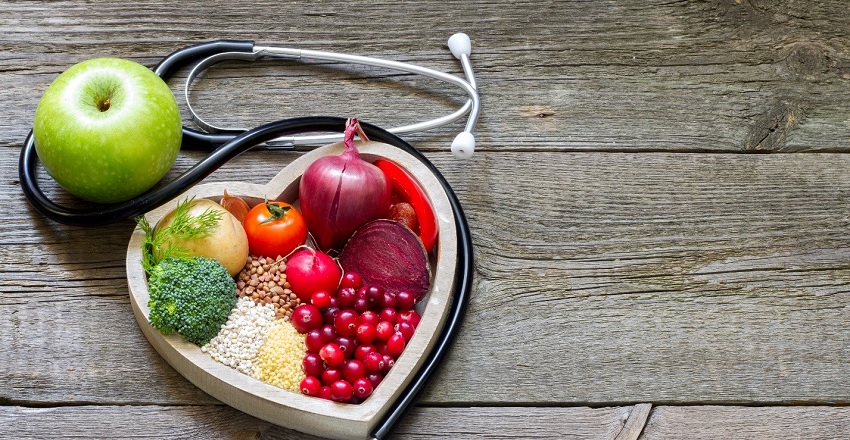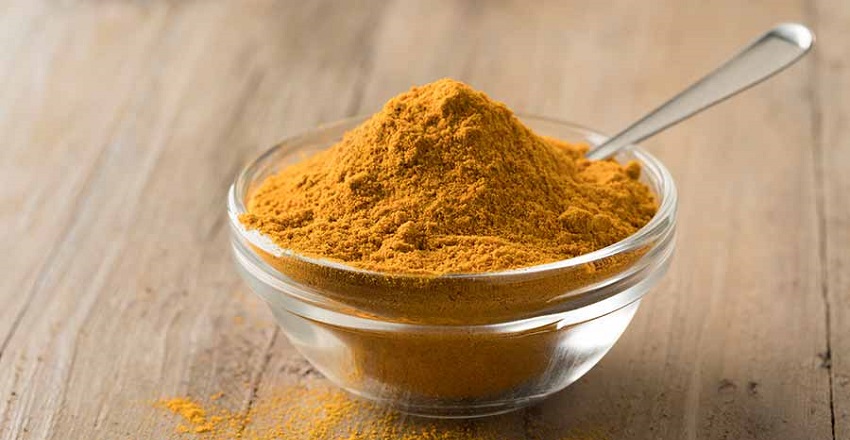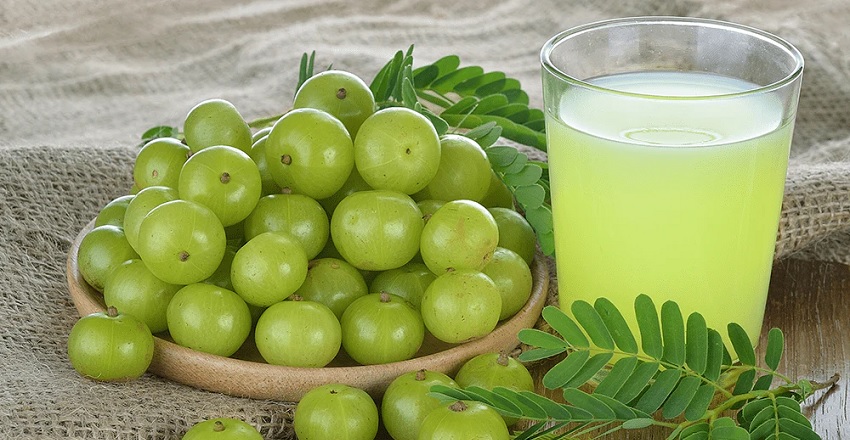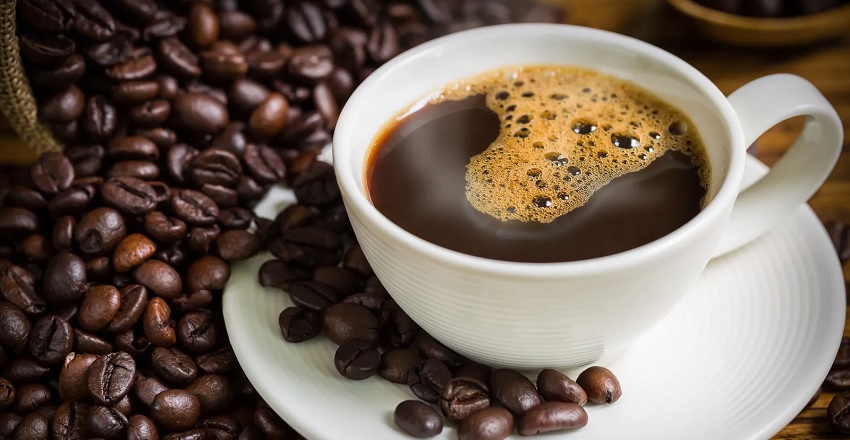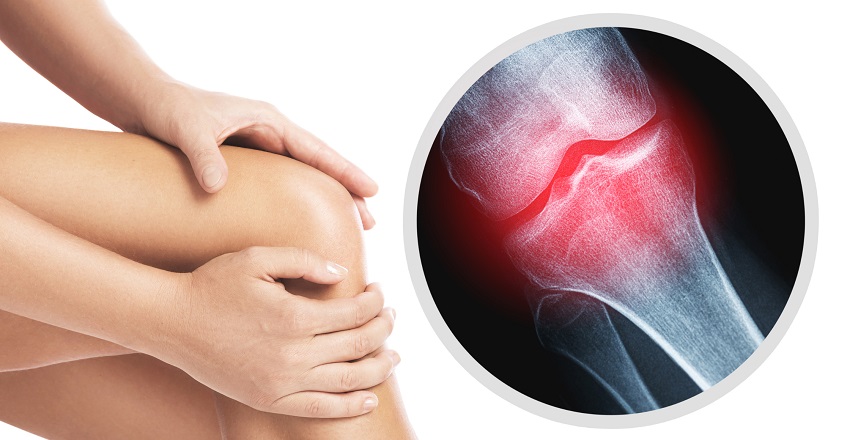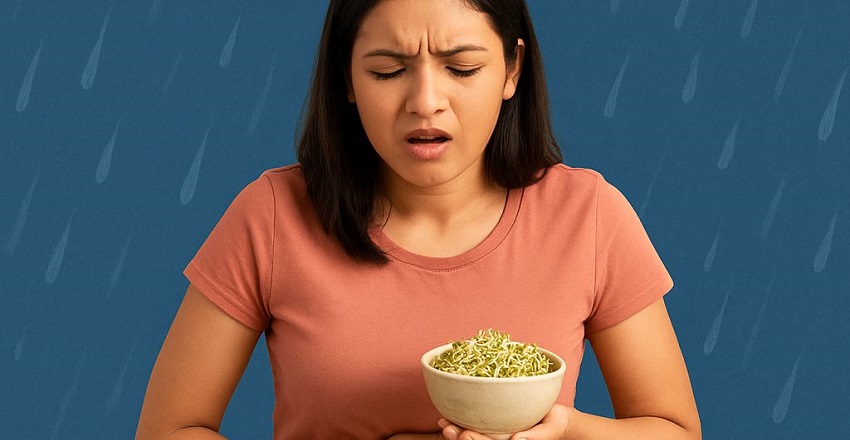In today’s fast-paced world, we have replaced the wisdom of eating right with the habit of popping pills. A tablet for acidity, a capsule for energy, a supplement for glowing skin — yet true health continues to elude us. Ayurveda reminds us that “Ahara” (food) is not just sustenance; it is our first and most potent form of medicine. Ayurveda’s View: Food as Healing Energy According to Ayurveda, food is not just about calories or protein. It carries prana — the vital life force that nourishes the body, mind, and spirit. Each ingredient has its own guna (quality), rasa (taste), and virya (potency). When chosen and prepared mindfully, food becomes a natural healer that maintains balance among the doshas — Vata, Pitta, and Kapha. A freshly cooked meal, with the right spices and intention, can calm anxiety, aid digestion, strengthen immunity, and even uplift the mood — things no pill can truly replicate. When Food Loses Its Healing Power The… Continue reading Nutrition: The True Medicine, Not the Pill



